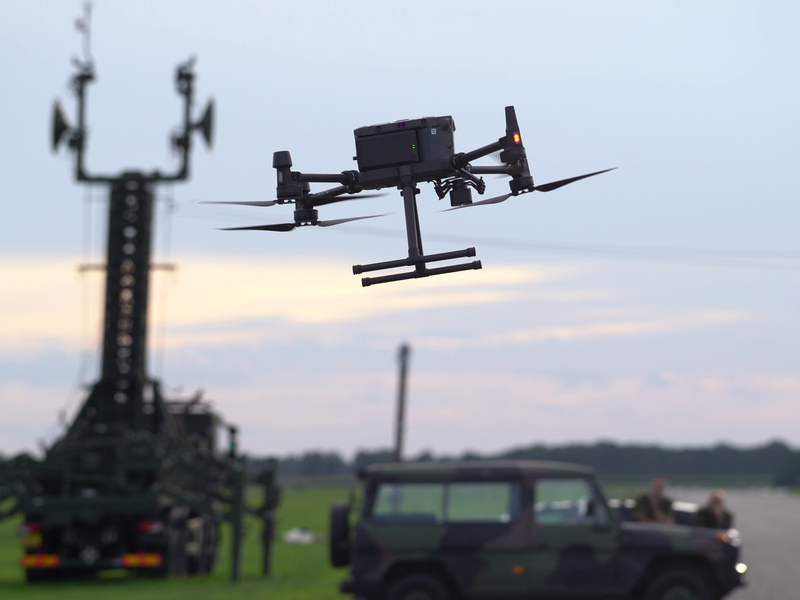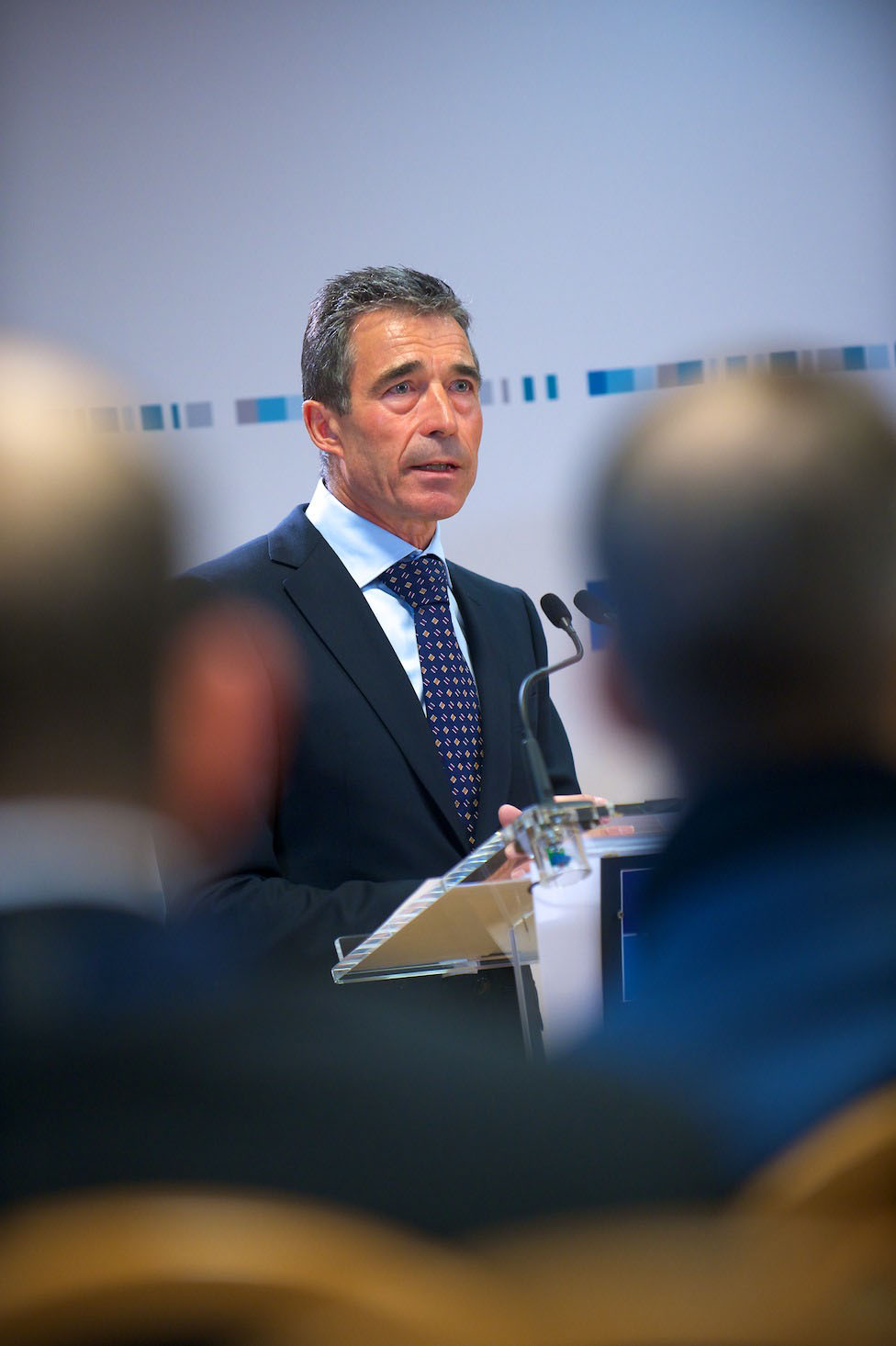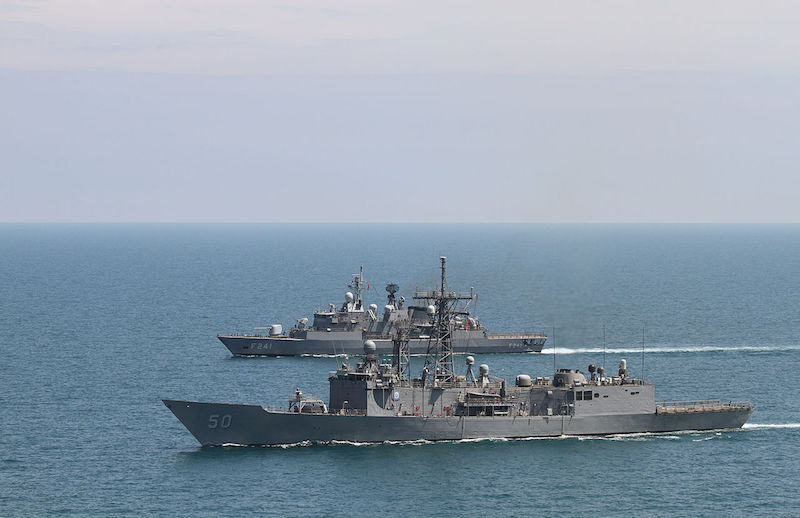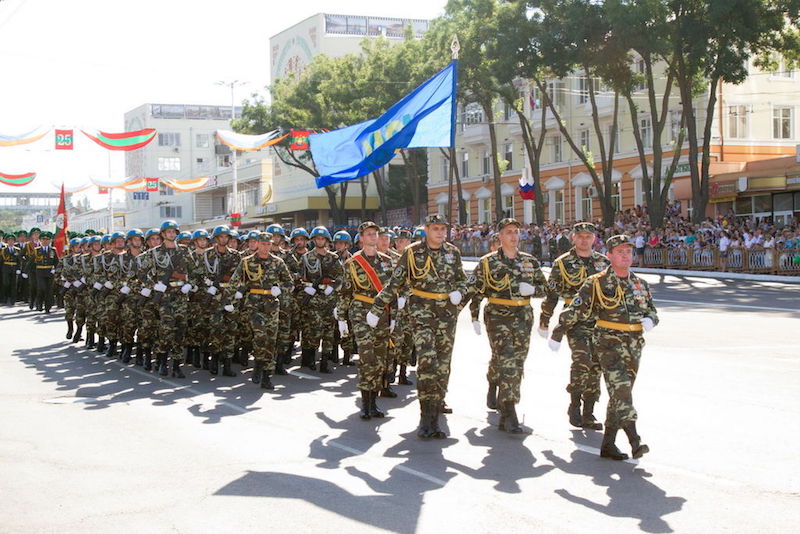While Canada might seem an unlikely target of direct threats from the Russian Federation, its engagement in global affairs and commitments to human rights and democracy inevitably put it at odds with Russia’s vision of the world order, drawing it into conflict with Russia’s revisionist foreign policy.
With the Trump Administration pursuing an apparent rapprochement with Russia, it will be difficult and irresponsible for Canada to rely on U.S. support in key regions vital to its foreign policy, such as the Arctic, the Indo-Pacific, and Africa.
The first major military development directly threatening Canada is Russia’s militarization of the Arctic and its growing reliance on new technologies that continue to evolve, shaped by the unique battlefield experience gained in the ongoing war in Ukraine. As a result, Canada and, more broadly, the North Atlantic Alliance must urgently assess and implement appropriate countermeasures.
In June 2024, Russia’s Ambassador to Canada, Oleg Stepanov, suggested that the Arctic remains a region of low tension. However, a CNN investigation revealed that as early as 2013, Russia began refurbishing Soviet-era military facilities, constructing new installations on the Kola Peninsula near Murmansk, and testing nuclear-capable weapons in the region. In addition, joint Russian-Chinese military exercises and cooperation in the Arctic have aggravated the security situation.
The potential deployment of drones in the Arctic to counter Russian-Chinese threats is a topic of active discussion among NATO members. According to reports, NATO currently lacks Unmanned Aerial Vehicle (UAV) models specifically designed to operate in the region’s harsh conditions.
Having gained extensive experience in drone warfare, Russia’s drone development is booming. With continuous advancements in this field—such as the creation of electronic warfare-resistant (un-jammable) drones—the risks associated with deploying these innovations in the Arctic are increasing and demand serious attention.
Canada has the technological capability to produce these systems indigenously. Last year, Canada’s first combat drones entered production and are expected to perform in the Arctic. However, they will require years of testing and significant modifications and are not expected to reach full operational capacity until 2033. In February 2024, Canada announced the donation of more than 900 SkyRanger R70 multi-mission unmanned aerial systems to Ukraine. These drones were originally developed by Canadian Aeryon Labs and are now produced by American Teledyne FLIR.
The existing challenges between Canada and the United States undermine the decades-long defence cooperation between the two countries, and it seems that Canada needs to search for new partners. In the area of drone research and development, as well as testing, there is no better ally than Ukraine. By supporting Ukraine and forging this relationship, Canada gains access to Ukraine’s expertise and tactical experience, particularly in drone warfare.
Various forms of cooperation offered by the Ukrainian side, including the establishment of joint ventures and the localization of UAV production with the opportunity to test products on the battlefield, offer a significant edge to Canadian producers, as the speed of technological iteration on the battlefield is around six months. Therefore, the faster this cooperation is established, the better.
The second threat is the growing military cooperation between Russia and its non-democratic allies, such as North Korea, Iran, and China. The primary threat posed by these alliances is, above all, the transfer of technology and materiel between them, which contributes to rising tensions in several regions around the world.
North Korea, which has supported Russia with large quantities of munitions, artillery systems, and thousands of troops on the battlefield, has gained insider access to key aspects of modern warfare, such as drone technologies and tactics. Following its involvement on the battlefield in November 2024, North Korea started the rapid domestic mass production of self-detonating explosive drones and improved the accuracy of its ballistic missiles.
These developments affect a region of importance to Canada—the Indo-Pacific. Having announced its Indo-Pacific Strategy in November 2022, supported by an almost $2.3-billion commitment, Canada has built close cooperation with Japan, the Republic of Korea, and Australia and increased its military presence in the region. Supporting these countries in countering the emerging threats stemming from authoritarian alliances should be a top priority for Canada in the coming decade. In this context, a much deeper understanding of the complex technological challenges arising from the Russian-Ukrainian war is crucial.
The third challenge is Russia’s military presence, including private military companies, across four continents and at least 34 countries, which contributes to destabilization, the spread of weapons and technologies to illicit actors, and an increase in armed violence.
The African continent holds special importance for Russia due to its vast economic potential and political influence on the international stage. Russia’s involvement in Africa today must be viewed within the historical context of Soviet activities in the region. During the Soviet era, support for African nations and armed opposition groups was framed as a commitment to pan-Africanism and the fight against imperialism and neo-colonialism. Russia draws on this legacy, positioning itself as a counterpoint to former colonial powers, such as France, while emphasizing its own commitment to anti-imperialism in its interactions with African countries.
Currently, many African countries maintain warm ties with Russia, with over 40 reportedly having military cooperation agreements, though most have not partnered directly with Russian security personnel.
Canadian businesses—particularly in the mining sector—have been operating on the continent for decades. Russia’s growing influence in the region has affected them as well. In 2012, Vancouver-based Axmin Inc. lost its gold mine in the Central African Republic to rebels. In 2020, Russian PMC Wagner troops seized control of the mine, which, according to some reports, is generating almost US$300 million in annual revenue. Two other Canadian mining companies still operating in Mali were accused of paying taxes to a Russia-backed military regime, thus indirectly supporting and contributing to Russia’s war machine.
Canada—due to its non-imperial past in Africa—has a unique opportunity to take a proactive stance and build strong partnerships across the continent. The approach that Canada should pursue is one focused on mutually beneficial partnerships with African countries. The groundwork for this was already laid with the announcement of its first Global Africa Strategy in March 2025.
The second presidency of Donald Trump, with his offensive remarks about Canada and his stance toward closer cooperation with Russia, puts into stark relief Canada’s position as a strong nation grounded in democratic values and humanitarian principles. This could provide Canada with a perfect starting point for establishing and strengthening its presence in critical regions of the world.
The policy recommendations for the new Canadian government extend beyond simply increasing defence spending to 2%. The allocation of finances should be strategic and focused on addressing Canada’s key vulnerabilities against Russia and its allies. A primary goal should be directed toward the modernization of Canada’s military equipment, reinforcing its Arctic infrastructure, investing in new technologies, and partnering with Ukraine to acquire some of the successful innovations that have been proven effective on the battlefield.
Photo: NATO works with industry partners on counter-drone technology. Courtesy of NATO.
Disclaimer: Any views or opinions expressed in articles are solely those of the authors and do not necessarily represent the views of the NATO Association of Canada.




